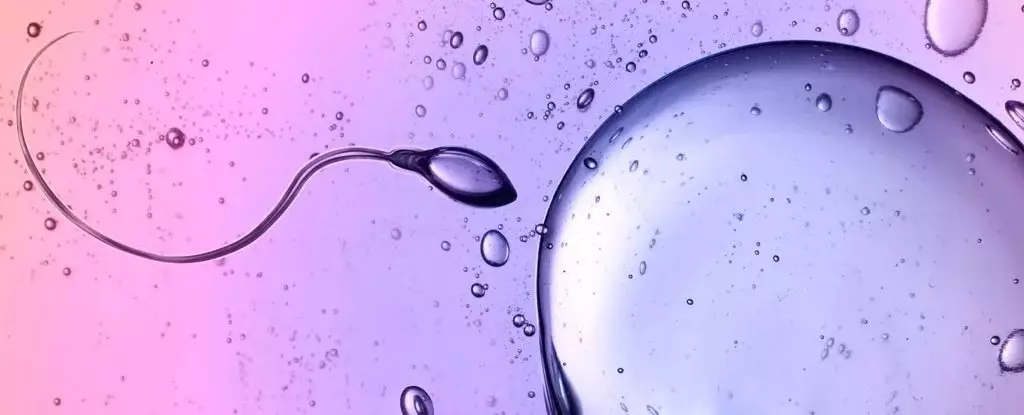Recent scientific explorations have opened new vistas into the unconventional swimming behavior of human sperm, highlighting their unique ability to navigate through viscous fluids. This phenomenon, which appears to contradict Newton’s third law of motion, has been detailed in a study conducted by Kenta Ishimoto and a team of researchers from Kyoto University. Their investigation presents a compelling case for remixing established physical theories, particularly in systems where classical mechanics struggle to offer accurate explanations.
Redefining Motion in Microscopic Worlds
In 1686, Sir Isaac Newton set forth laws that define the movement of objects under the influence of forces, encapsulating concepts such as action and reaction. However, upon delving into the realm of microscopic organisms, the applicability of these laws becomes murky. Ishimoto and his colleagues aimed to unravel the complex dynamics governing microscopic swimmers like sperm and single-celled algae. Their study revealed that in these non-reciprocal interactions, the swimmers operate outside the established frameworks of classical physics.
The crux of Newton’s third law, which states that for every action, there is an equal and opposite reaction, works well for macroscopic objects such as colliding marbles. Yet, when it comes to microscopic entities, the system’s intricacies defy such straightforward categorizations. This study successfully demonstrates that nature often deviates from a linear, predictable framework, as exhibited by the rhythmic and energetic movements of sperm cells.
The concept of non-reciprocal interactions plays a pivotal role in understanding how sperm and other microscopic swimmers operate. These interactions manifest in numerous chaotic systems, from the flapping of bird wings to the motion of particles suspended in fluid. In the case of sperm, their whip-like movements allow them to exert force without a corresponding counterforce from their surrounding environment, effectively navigating the viscous jelly of the reproductive tract.
In essence, these motile agents are not merely dragged along by their environments; they utilize their energy to create propulsion in a way that borders on the extraordinary. The study highlights that both sperm and green algae (Chlamydomonas) employ thin, flexible flagella that intricately bend and twist, facilitating movement despite the harsh resistance offered by viscous mediums.
Although the idea of ‘odd elasticity’ was proposed to describe the flexibility and adaptability of flagella, it alone did not elucidate the complete mechanics underlying propulsion. The researchers supplemented this concept with the notion of an ‘odd elastic modulus’, enriching our understanding of these cellular structures. This term pertains to the unique mechanical properties that govern flagellar function and motion.
The internal mechanics of flagella exhibit a curious interplay of elasticity and energy transfer. While one might expect that highly viscous substances would dampen movement, the reality is that the adaptive nature of sperm tails and algal flagella permits efficient navigation, thereby challenging existing physical theories. This study’s insights enable researchers to re-think how microscopic swimmers traverse through their environments and provide a stimulus for future investigations.
Implications for Robotics and Collective Behavior
As our understanding of sperm propulsion advances, it opens exciting avenues for technological applications, particularly in the design of small, self-assembling robots. Inspired by living systems, these artificial swimmers could mimic naturally occurring movements, providing valuable insights into robotic innovation. Moreover, the methodologies used in this research can enhance our comprehension of collective behavior in biological systems, bringing mixed disciplines of biology, physics, and engineering into a dynamic fusion.
The groundbreaking study by Ishimoto and colleagues unravels the unique movements of human sperm within viscous fluids, demolishing the simplistic paradigms established by Newtonian physics. By analyzing sperm’s propulsion mechanisms, researchers highlight the potential for innovative applications in robotics and further exploration of biological interactions. As we step further into the unknown realms of microscopic mechanics, conventional wisdom must contend with the complexities presented by nature’s more enigmatic structures.


Leave a Reply